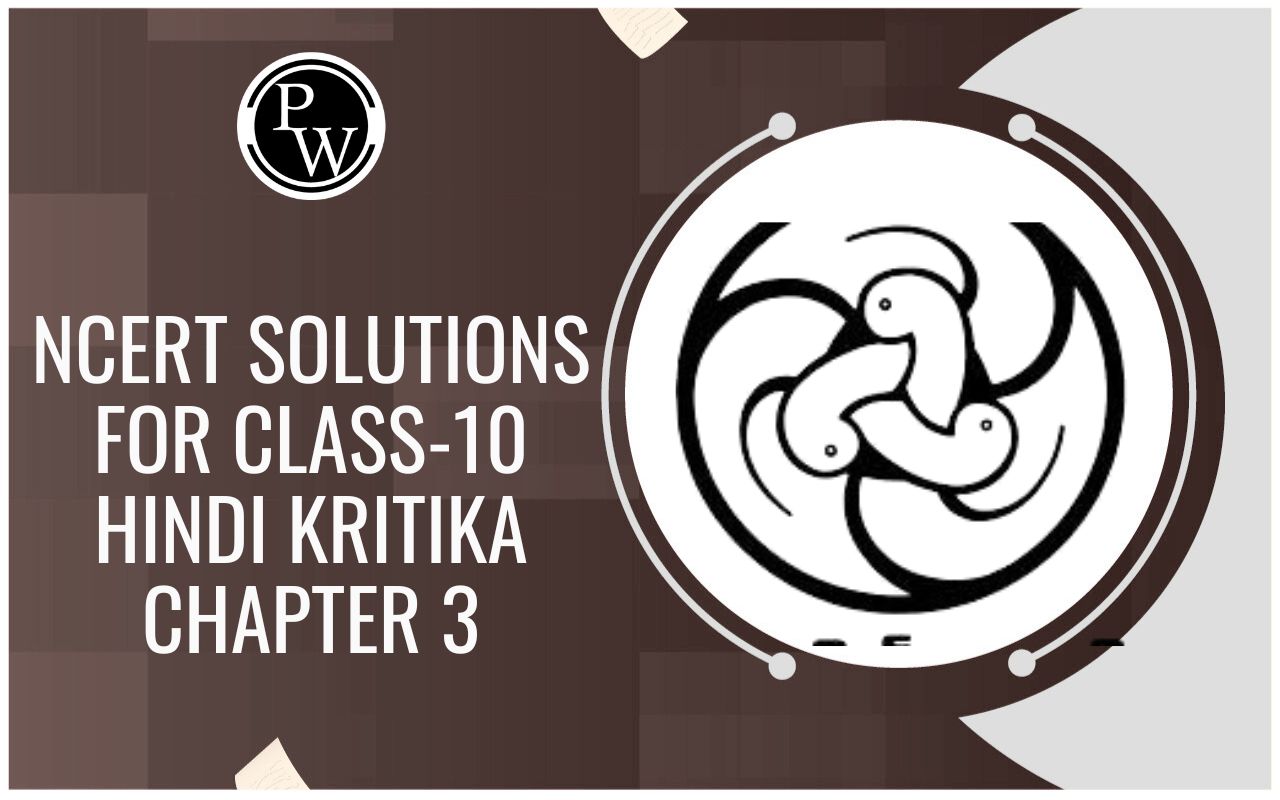
what is Echo
Sound of Class 8
ECHO
Sound and echo appear to be similar concepts, however aren't. They are completely different phenomena of sound. When the sound is repeated the sound wave is reflected, it is known as echo. Echo is heard when space is massive.
Example: Imagine standing in an empty room and shouting “Hi”. You'll be hearing “hi”…“hi”…”hi” repeated sounds in a fading pattern. This phenomenon is called as an echo. The sound of the voice goes out into the room, bouncing against walls till returning to our ears. The longer it takes for the sound to come back, the more disturbing it shall be.
It is of three types :
(a) Instantaneous echo (b) Syllabic echo (c) Successive echo
INSTANTANEOUS ECHO:
The echo of sound of short duration (like clap, pistol shot) is called instantaneous echo. It is found that sensation of any sound persists for 1/10 to 1/20 seconds in our ear, after it, the existing sound dies off. This time is called persistence of sound or persistence of hearing. It varies from person to person and also with frequency of sound. We will use 1/15 second as a typical interval needed to distinguish two sounds.
SYLLABIC ECHO :
The echo of syllables of spoken words is called syllabic echo.
This echo is clear when the sound of last syllable of speech is reflected from an obstacle atleast 22m away so that sound takes atleast (2/15) second during which the last syllable is completly spoken.
SUCCESSIVE ECHO :
This echo is heard when sound is produced between two distant parallel rows of tall buildings or hills. A number of echos are heard successively due to the multiple reflection. This echo is heard only in vast open field.
RELATION BETWEEN SPEED OF SOUND, TIME OF HEARING ECHO AND DISTANCE OF REFLECTING BODY :
If t is the time at which an echo is heard, d is the distance between the source of sound and the reflecting body and v is the speed of sound. The total distance travelled by the sound is 2d.
Speed of sound, v = 2d/t or d = vt/2
- Calculation of Minimum Distance of Hearing Echo
Let d is minimum distance required for hearing an echo when persistence of hearing is 1/15 second. The velocity of sound (at room temperature) is 340 m/sec.
So, d = vt/2 = (340/2) x (1/15) = 22.67/2
⇒ d = 11 metre (approx).
11 metre is the minimum distance of hearing echo.
(b) Conditions for Formation of an Echo :
- The minimum distance between the source of sound and the reflecting body should be 11 metres.
- The wavelength of the sound should be less than the height of the reflecting body.
- The intensity of sound should be sufficient so that it can be heard after reflection.
NCERT solutions for class 8 Science prepared by Physics Wallah will help you to solve your NCERT text book exercise
Further Reading :
1. Human Ear
2 . Range of Hearing





